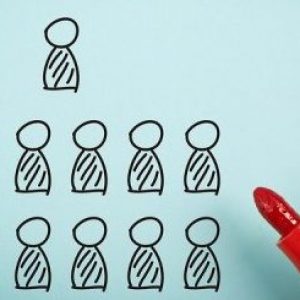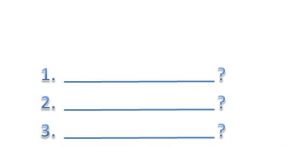
What is the Art of Being Wrong?
Have we lost the art of being wrong? I wrote about this in my last post, here. First, let’s take a closer look at the

Have we lost the art of being wrong? I wrote about this in my last post, here. First, let’s take a closer look at the

Have you noticed? There’s nothing that poisons a corporate culture as much as distrust. Conversely, the keystone to healthy organizational culture is an environment of

Are you enabling leadership hubris? Hubris—that extreme pride and arrogance—occurs when those in power lose their connection to reality and vastly overestimate their capabilities. Unfortunately,

From what I see in the organizations where I consult, there’s an urgent need to understand leadership personality. Today―and especially for the future―we need leaders who can

The difference between successful people and those who are not is often as simple as asking yourself these three questions: what can I do, what can

When it comes to organizational success, leadership personality matters. Leaders with strong social intelligence know how, and when, to express polite respect by deferring to

The term “information age” insufficiently captures our current business landscape. We face unprecedented data streams, vast knowledge networks and unknown problems. Success hinges on how

It’s been said that courage has no benchmark unless one grasps the reality of fear. Fears are real, often strong and quite disruptive, but your

An organization’s health is only as sound as its leader’s decisions. Some companies prosper from wise leadership directions, while others struggle after flawed choices—choices that

How a leader responds to adversity reveals how effective that leader truly is. Reactions to setbacks or crises not only test leadership character but define

Business is an active, demanding endeavor. Only those who consistently apply themselves succeed. Organizations that thrive require leaders who actively dream, plan, engage, solve, pursue,

Surveys and studies indicate global job dissatisfaction is at a two-decade high. Disengaged employees account for nearly 70 percent of the workforce, which significantly affects







